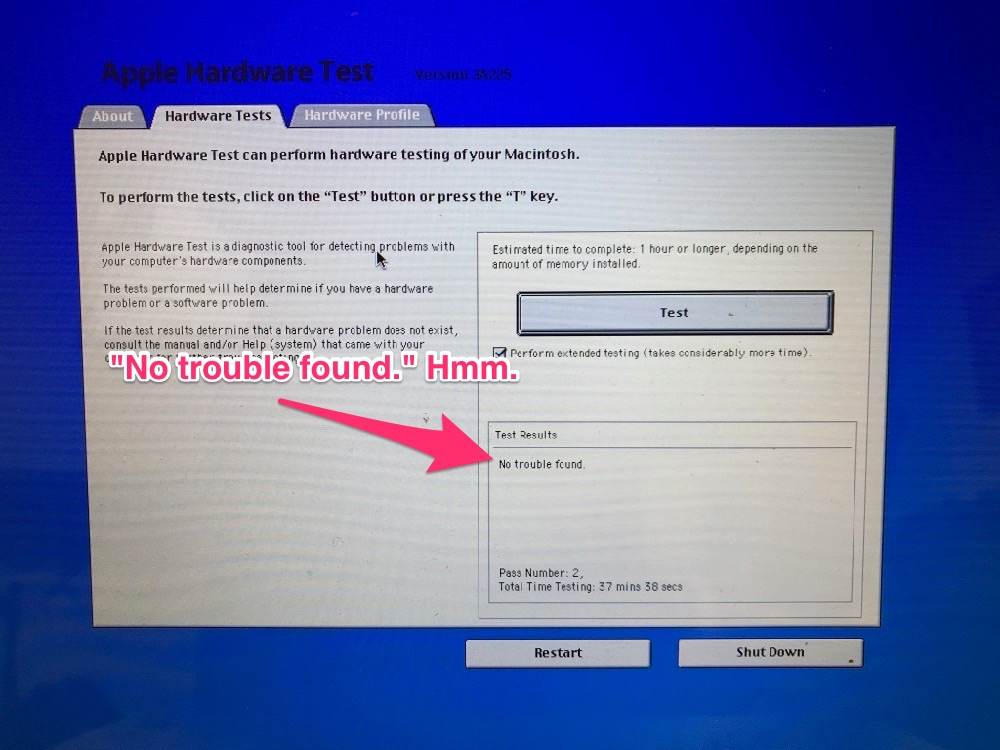

- Arch linux macbook air 2017 install install#
- Arch linux macbook air 2017 install drivers#
- Arch linux macbook air 2017 install driver#
- Arch linux macbook air 2017 install pro#
- Arch linux macbook air 2017 install series#
# This ignores tap-to-click, which causes more problems than benefit in my experience # Sensitivity controls how fast your cursor will move.
Arch linux macbook air 2017 install pro#
Once you get mtrack functional, then begins the process of creating a configuration file that best approximates Macbook Pro settings. If you find anything interesting, please do post it to the comments.
Arch linux macbook air 2017 install driver#
If you don’t, this was the best thread I found for diagnosing what input driver is actually being used.
Arch linux macbook air 2017 install series#
At that point, if you run cat /var/log/Xorg.0.log | grep mtrack you should see a series of messages that show mtrack being loaded. This well-rated response thinks you can sudo restart lightdm, which did work for me (albeit with different syntax since I’m on arch), but still ended up logging me out, so my official recommendation for re-starting X server is unfortunately to log out then log back in. These people think that you can simply run startx, but that didn’t work for me without sudo, and when I ran it with sudo, I ended up setting root permissions on a file ( ~/.Xauthority) that prevented me from logging in. Of course, this being Linux, there is no single answer as to most easily restart X server. Once you’ve done these steps, mtrack should become your default touchpad driver after restarting X server. To fix these issues, your best bet is to move your nf file to a location/filename with higher precedence: sudo mv /usr/share/X11//nf /etc/X11//nf By default, mtrack’s xorg configuration file gets placed in /usr/shared/X11//nf, which in my case meant its precedence was lower than both synaptics (placed in /etc/X11/, which takes precedence over the /usr/shared/X11/ directory) and libinput (which initially had an alphanumerically lower file name ( nf) than nf. configure -with-xorg-module-dir=/usr/lib/xorg/modulesĪt this point you’ll have mtrack’s driver files built/installed, but Xorg still calls the shots in enabling it vs other drivers. Here are the basics to get the latest mtrack installed on your system: cd /tmp This is why Dayne’s Medium Post recommends installing directly via git. The officially developed version hasn’t been advanced since 2015, so a popular fork has taken up the torch in recent years.

Arch linux macbook air 2017 install install#
And the correct version to install is initially ambiguous. It has no visual settings panel that I’m aware of, all configuration is done via text file. This is not a driver being supported and tested by teams of users & experts. This isn’t to say that mtrack is a flawless choice. This was a big mistake… we’re having none of that” Practically speaking, this means that the limit of configurability in libinput is far more limited than the 1,001 settings offered by mtrack. In their words: “In the old synaptics driver, we added options whenever something new came up and we tried to make those options generic. The choice between these options was made easier by reading the libinput philosophy not to implement features that aren’t likely to be needed by mainstream users.

Preferring to avoid starting with abandonware, I narrowed my search down to libinput and mtrack.
Arch linux macbook air 2017 install drivers#
As these articles explain it, there are three touchpad drivers available on Linux: synaptics ( no longer supported), libinput, and mtrack. There are two good articles on setting up a touchpad with Linux (Arch, Antergos, Debian, Ubuntu et al). But after weeks of experimentation, I wanted to share my current touchpad setup, which feels like it is approaching the buttery smoothness of my past Macbook Pros. Since Apple gave me and the rest of the Developer community the heave-ho with its decisions on the latest generation of Macbook Pro, it has been a long & harsh journey toward getting a laptop experience that feels as flawless as my Macbook Pro did. They seem easy & perfect only when they work flawlessly, and they work flawlessly only because Apple employs large teams of experts to test & polish the hardware/software interplay on a Macbook such that it feels perfect. If there’s anything that my past Linux laptops taught me, it’s that these functions are not automatically perfect. Learn why in my follow-up.Īs a longtime Macbook Pro user, I’ve grown an insatiable appetite for exceptional hardware+software implementations of laptop functionality like suspend/wake, bluetooth, wifi, and touchpad. Update: After continuing to use my system, I opted for the Synaptics driver instead.


 0 kommentar(er)
0 kommentar(er)
